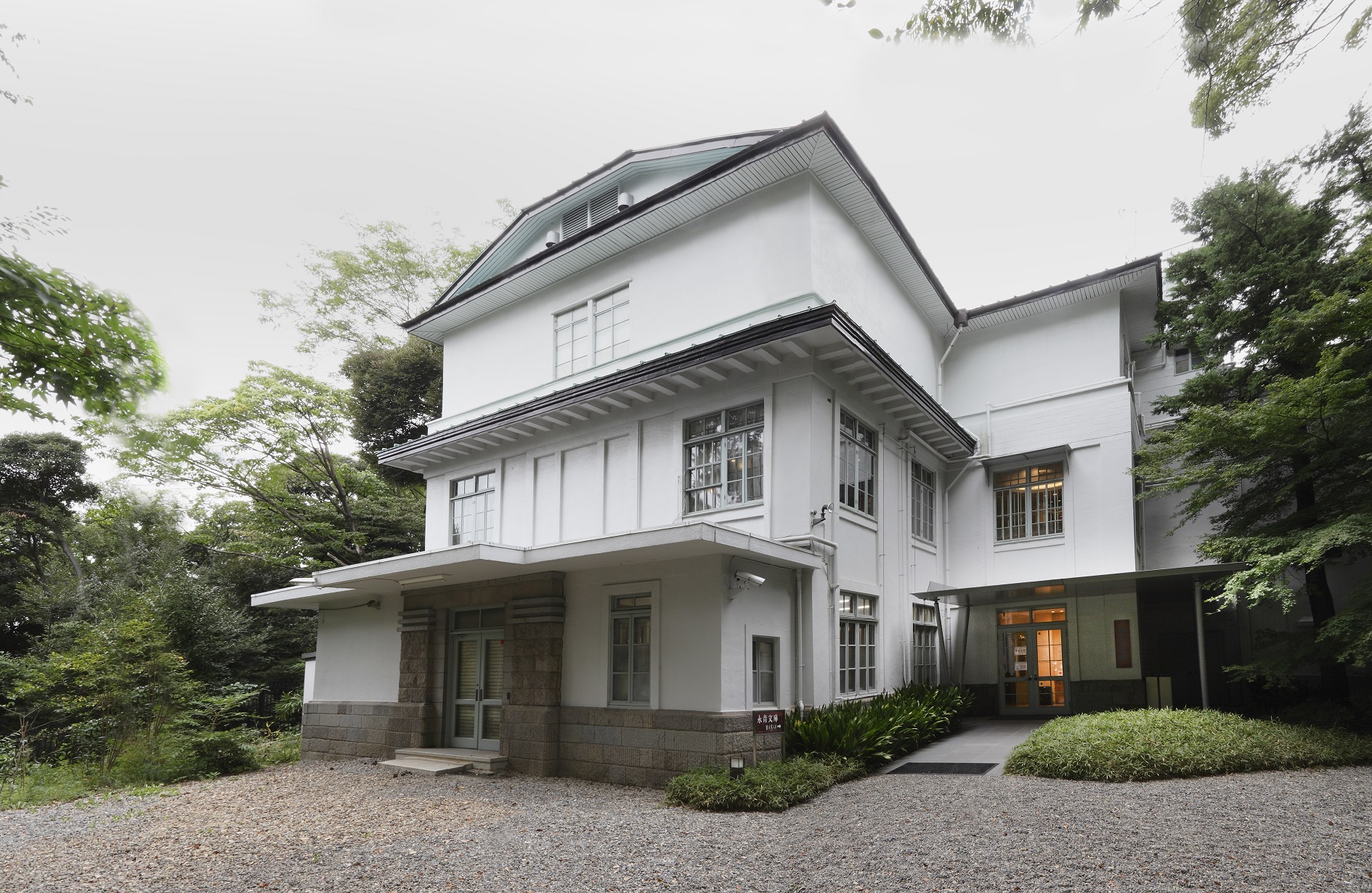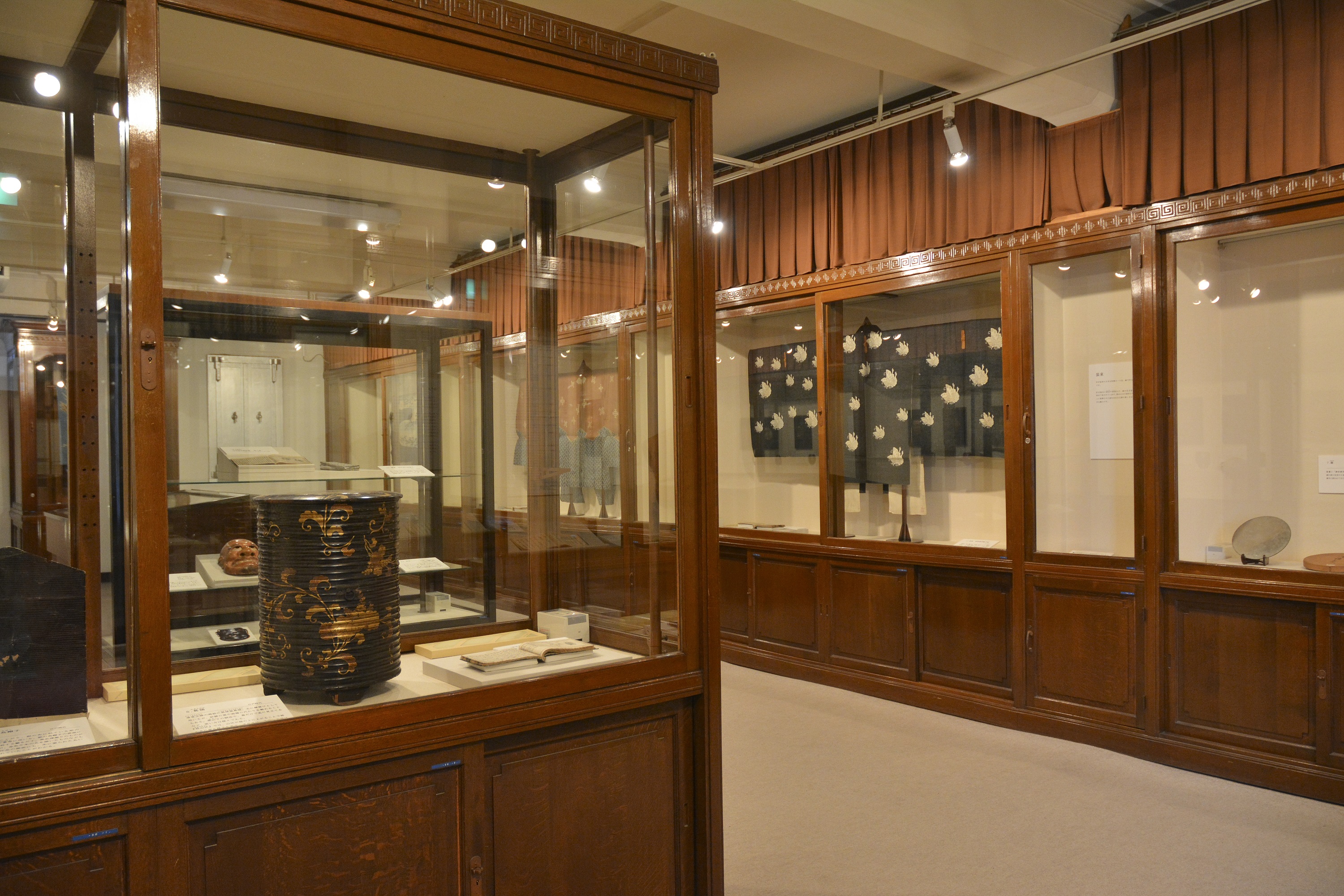Ichigaya / Kagurazaka Art Guide - Visiting 9 Places from a World-Famous Artist's Museum to Cutting-Edge Contemporary Art Galleries
Exhibition view of Noriyuki Haraguchi “Wall to Wall” (2020) © Masao Katagami
In the past, Ichigaya was known for its samurai residences and military facilities, and now it's recognized for upscale condominiums and the presence of the Ministry of Defense. On the other hand, Kagurazaka flourished as one of Tokyo’s leading geisha districts before the war, and now it’s often called Tokyo’s “Little Paris” due to the presence of the French government’s official institution, Institut Français Tokyo, as well as numerous restaurants and bistros. Along the Kanda River connecting the two areas, are several university campuses.
In this gallery guide, we’ll start from Ichigaya Station, head towards Iidabashi Station along the Kanda River, pass through towards Kagurazaka Station, and then proceed to Edogawabashi Station.
It’s recommended to log in via the web version or follow through the TAB app for venues of interest. With the app, you’ll receive push notifications about the opening and closing of exhibitions held at those venues.
Check here for a list of area-specific art guide articles in Tokyo.
Gallery αM
Gallery αM, which relocated approximately a 3-minute walk from Ichigaya Station in May 2023, is a non-profit gallery operated by Musashino Art University. It was established in Kichijoji in 1988 and has moved from locations such as Bakurocho to its current space. Its characteristic feature is entrusting the planning of exhibitions to guest curators. In recent years, it has welcomed artists and art critics such as Takuma Ishikawa, Machiko Chiba, a curator at Toyota Municipal Museum of Art, and Arata Hasegawa, an independent curator.
Director Motohiro Tomii states two concepts for the gallery: “Providing opportunities for artists with high-quality expressions and potential regardless of genre to exhibit their works” and “Providing a platform for curators who can communicate innovative values to society through exhibition planning.” If you're interested in the cutting edge of contemporary art, be sure to visit the exhibitions.
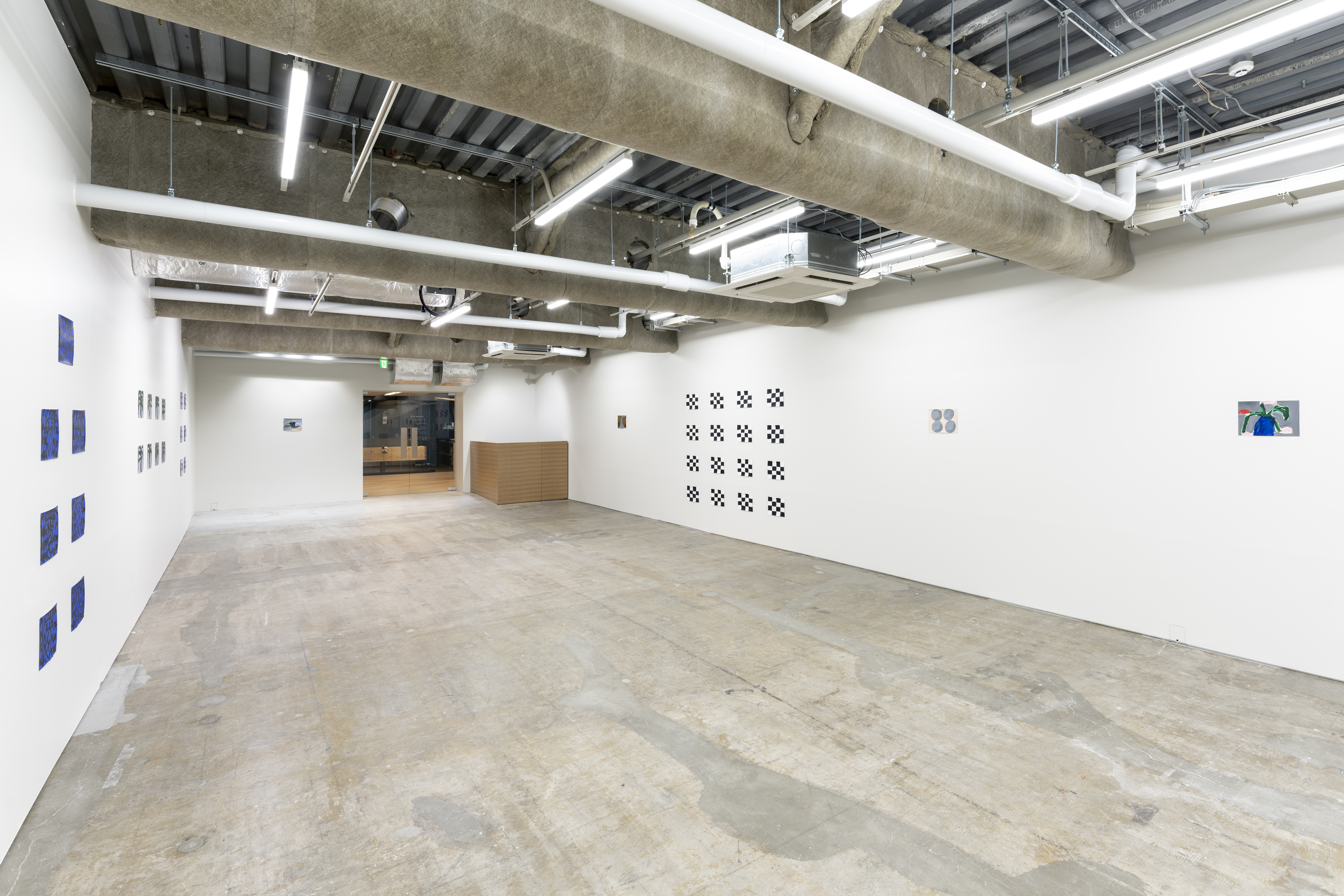
Mizuma Art Gallery - Ichigaya
Between Ichigaya Station and Iidabashi Station, along Sotobori Street, you'll find the Mizuma Art Gallery. It was opened by Sueo Mizuma in Aoyama in 1994 and has been located in its current location since 2009. The gallery collaborates with artists rooted in Japan and Asia, including Makoto Aida, Akira Yamaguchi, Manabu Ikeda, O Jun, Kosai Hori, Aiko Miyanaga, Namonaki Sanemasa, Albert Yonathan Setyawan, Jun Nguyen-Hatsushiba, and Indigélila.
In 2012, Mizuma Gallery opened in Singapore, and in 2018, Mizuma & Kips was established in New York, demonstrating the gallery's international influence. It also participates in numerous international art fairs, such as Art Basel Hong Kong and The Armory Show.


√K Contemporary
Leaving Sotobori Street along the Kanda River, climbing steep slopes toward the residential area of Kagurazaka. When you start to see the striking exposed concrete building, that's √K Contemporary. Established in 2020 as a new venture by a specialist dealer in Japanese art, the gallery introduces artists and works that connect to the next generation. It's conceived as a “different space” that blurs the concepts of place and time. Upon entering the exhibition space spanning two floors, you might feel like you're inside a spaceship.
Since its opening, √K Contemporary has showcased the work of a wide range of artists, from emerging talents to established figures, including Noriyuki Haraguchi's Wall to Wall, Approaches to Painting – Reprise, supervised by Yoichi Umezaki, and Yuma Kishi's Imaginary Bones, primarily focusing on artists from the post-war period to the present.

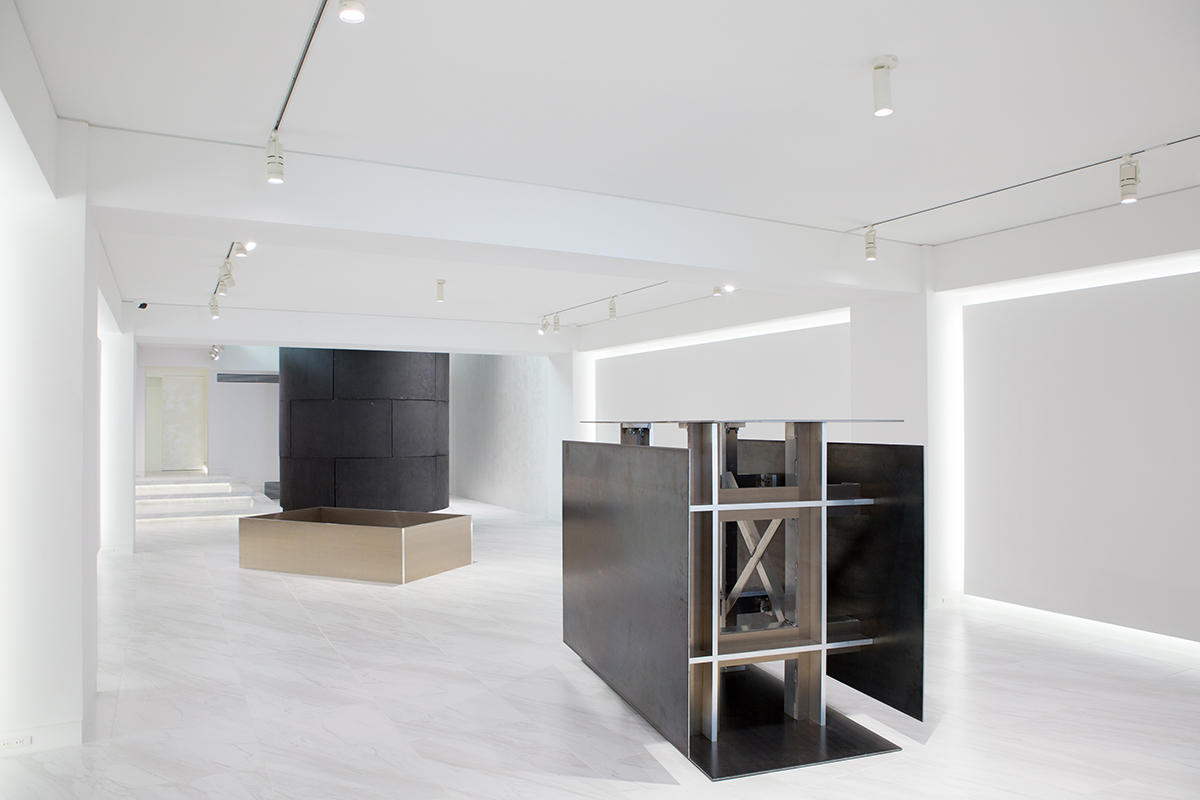
Yayoi Kusama Museum
Head to the Yayoi Kusama Museum within walking distance from Ushigome-Kagurazaka Station or Waseda Station. Established by the avant-garde artist Yayoi Kusama in 2017, the museum is distinguished by its trademark polka dot pattern at the entrance. Exhibitions are planned approximately twice a year based on Kusama's works, and currently (as of February 2024), the Visionary Colors exhibition is being held. Please note that tickets are sold exclusively through reservation on the website, with no sales available at the museum's ticket counter. So, don't forget to purchase tickets in advance before your visit.
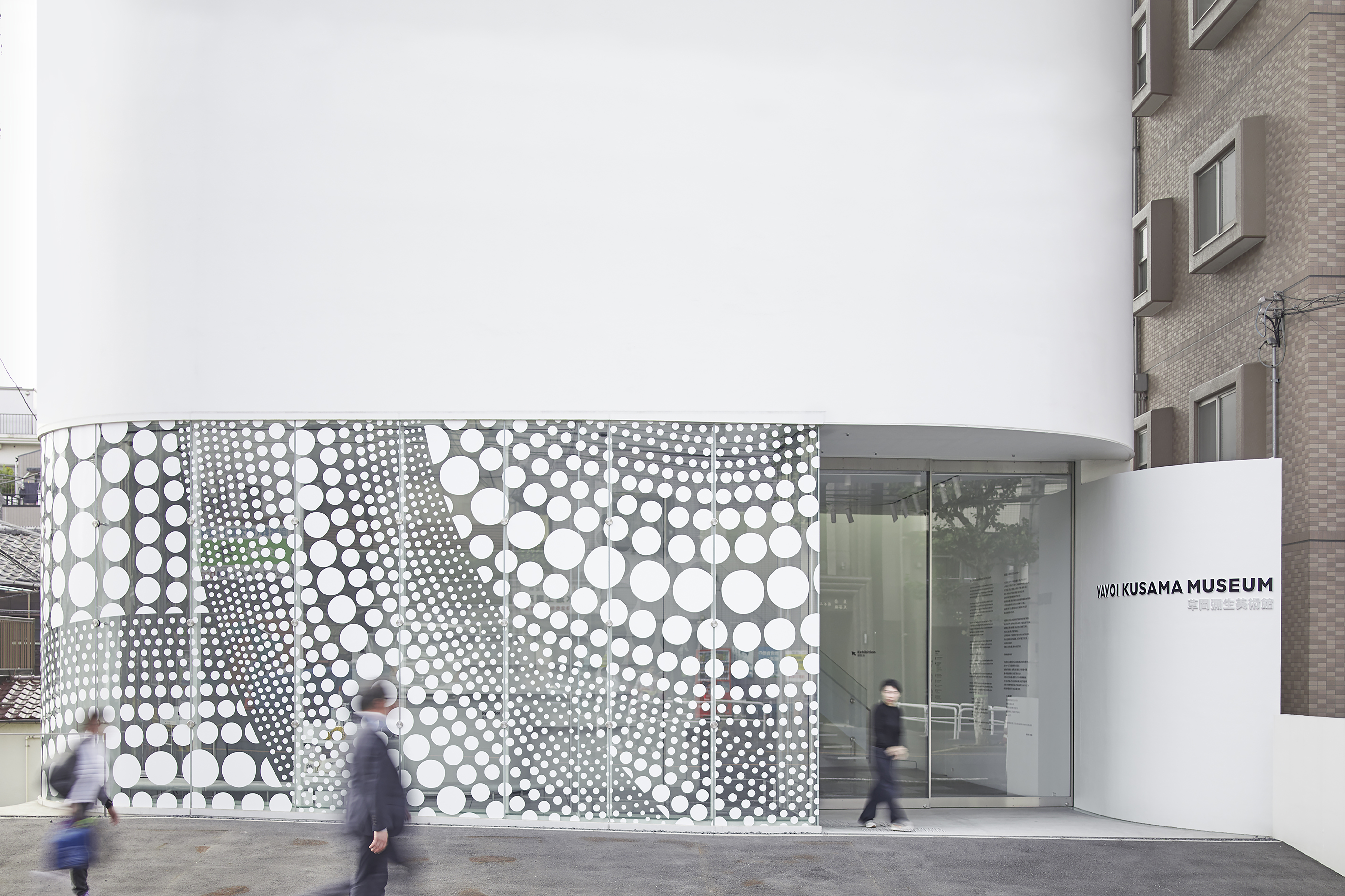
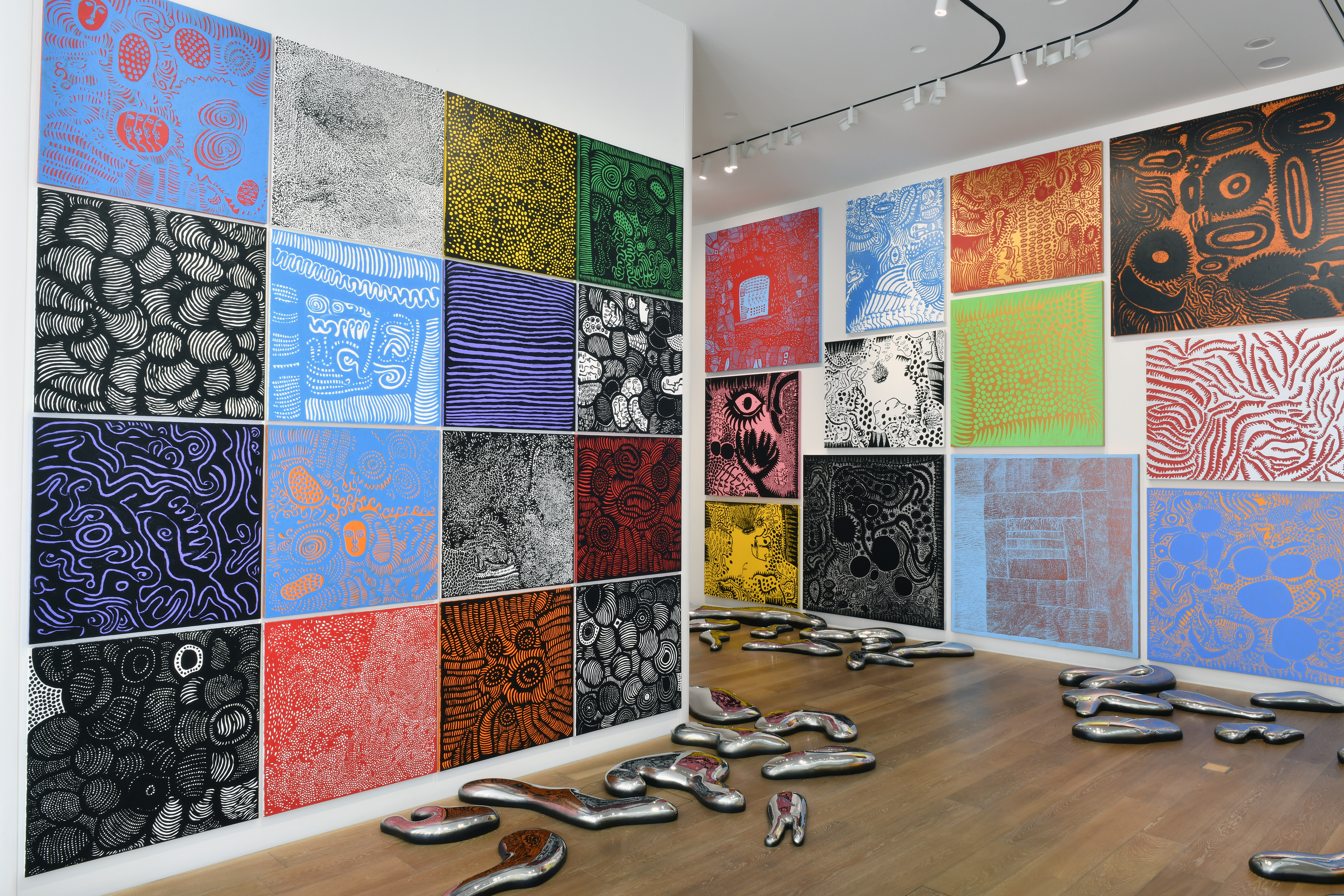

Cave-Ayumigallery
Located right by Kagurazaka Station, Cave-Ayumigallery opened in 2015. In addition to affiliated artists such as Fumiaki Akahane, Taichi Nakamura, and Gianluca Malgeri, the gallery also collaborates with artists like Ryudai Takanono and Ali Saar to plan exhibitions.
“Kagurazaka, an area where Japanese traditional culture coexists with diverse cultures, has many charming shops even in its back alleys, so we hope visitors will enjoy exploring,” says owner Ayumi Suzuki. When asked about what the gallery values, she explained, “The name of the gallery, ‘Cave,’ not only reflects its underground location but also derives from the fact that caves have been the origin of spaces where people gather since ancient times, giving birth to various forms of communication and painting as murals. As a contemporary cave, we hope the gallery can become a place where new communication and new culture are born through art.”
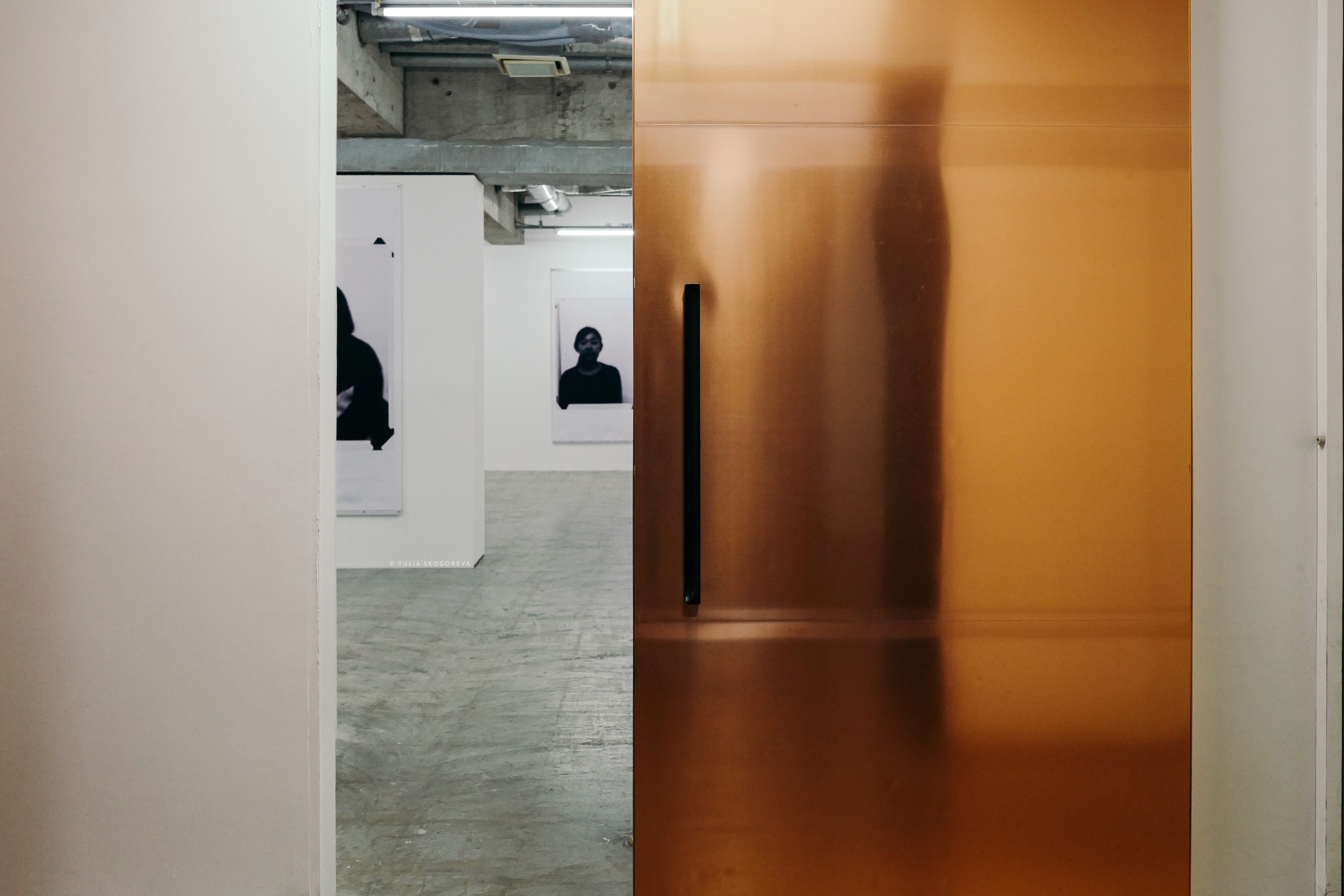
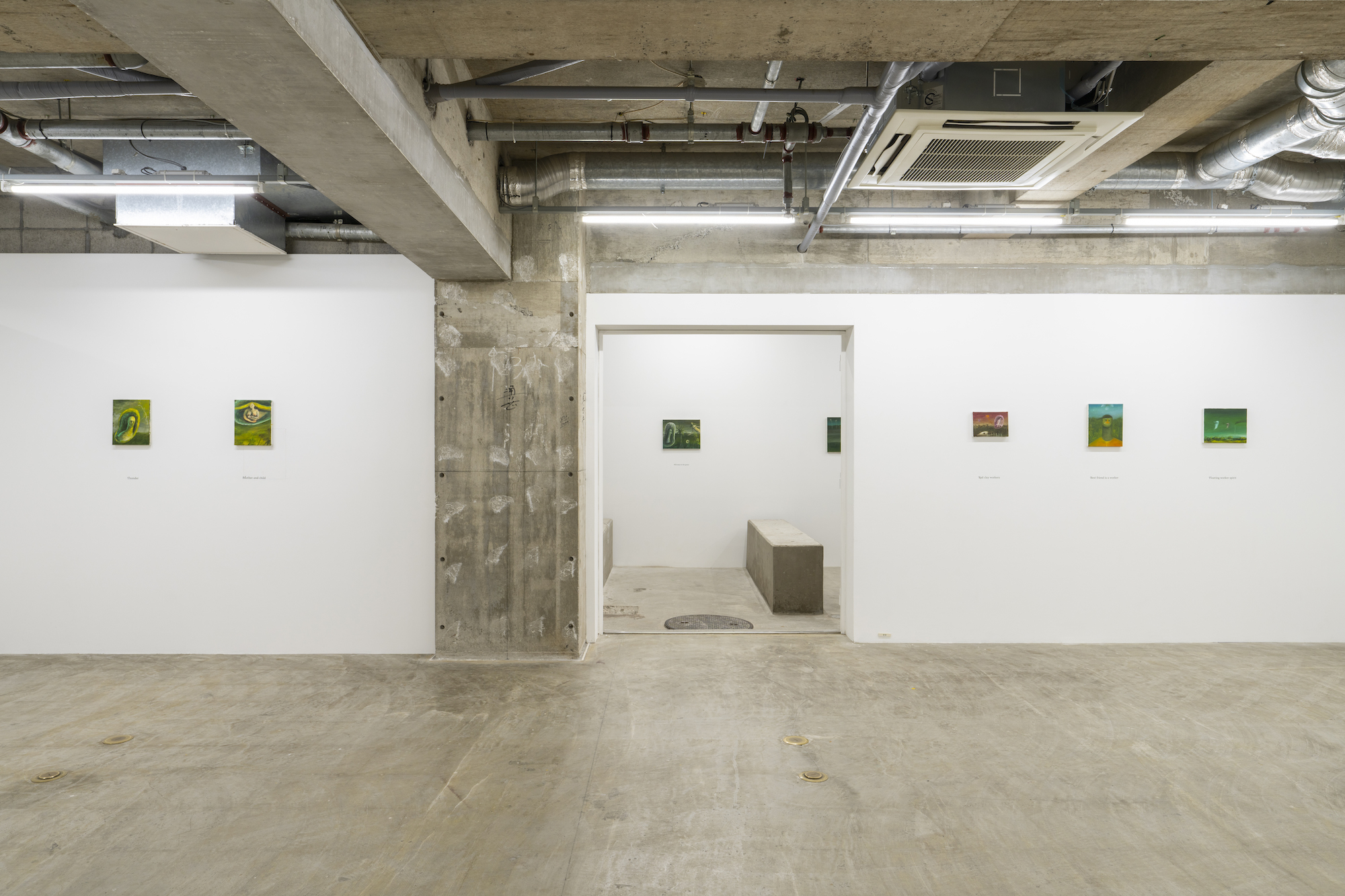
Maki Fine Arts
Maki Fine Arts is a gallery founded by Takahiro Maki in 2010. The unique space, renovated from a former printing factory, leaves a lasting impression. The gallery primarily focuses on domestic artists such as Yoshio Shirakawa, Fuminao Suenaga, Keisuke Shirota, and Shu Ikeda, in addition to Alex Dodge.
Regarding the gallery's distinctive features, Maki states, “We hold exhibitions curated by artists themselves. We also emphasize the critical aspect of exhibitions, with contributions from curators and critics.” For example, exhibitions like Beyond the Future of Meld Sculpture (2018), curated by Yoshio Shirakawa, and Discreet Abstraction (2015), curated by Fuminao Suenag, have been held in the past.
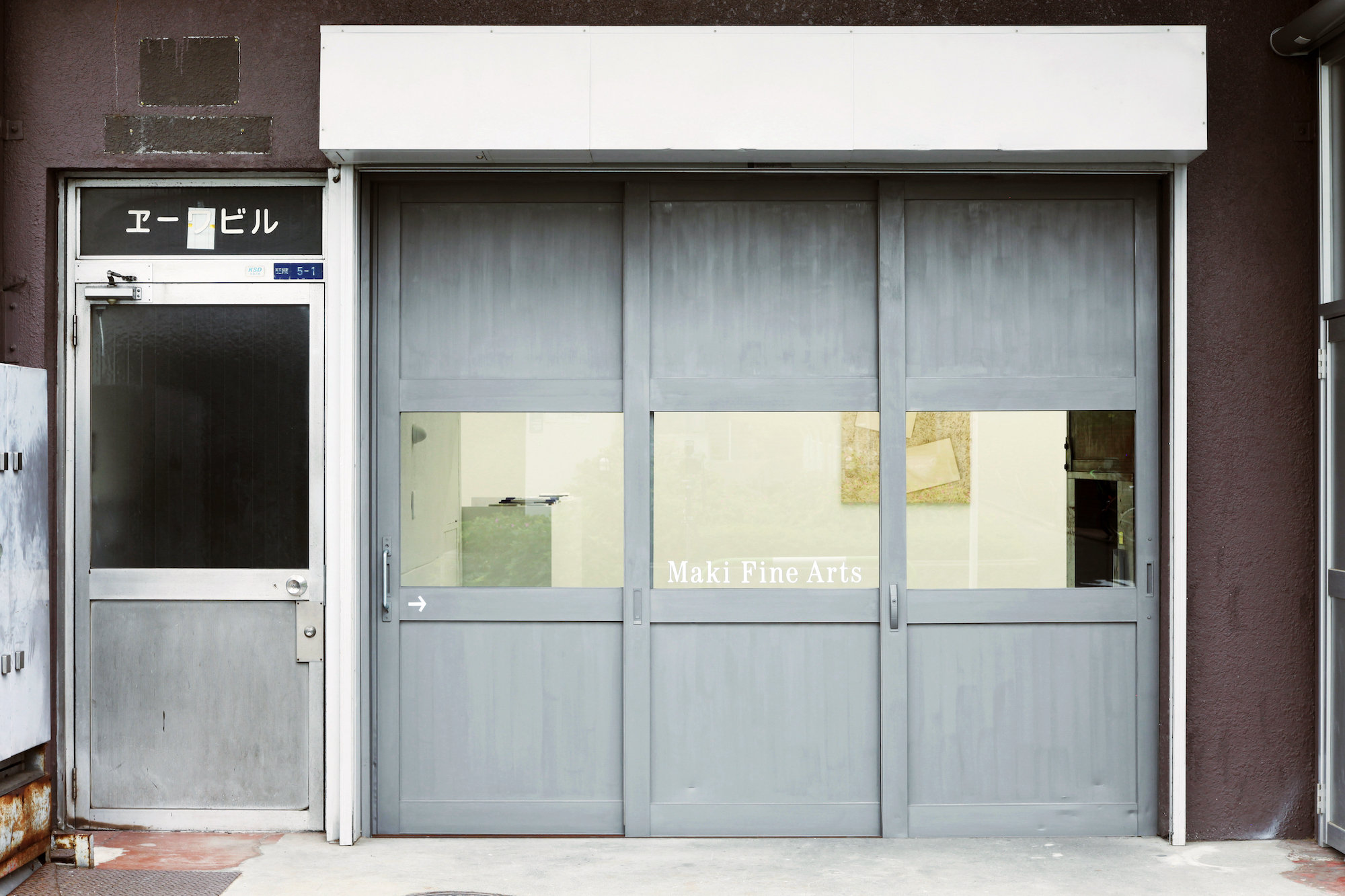
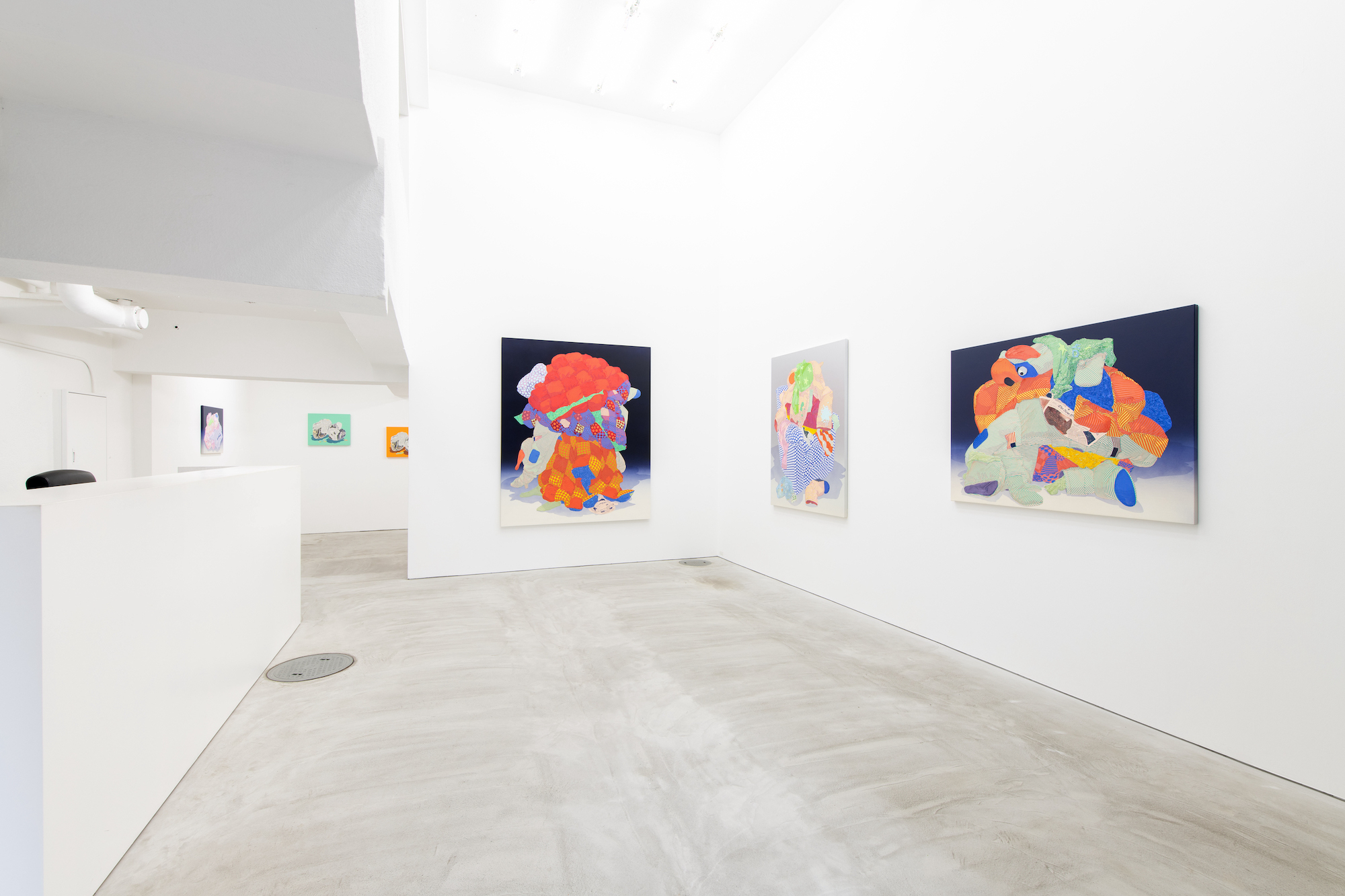
Sprout Curation
On the third floor of the same building as Maki Fine Arts is Sprout Curation. Run by Yoshikazu Shiga, who was involved with the magazine “Sprout,” this art space attempts to provide a new context for Japanese art from an editor's perspective. In recent years, they have hosted exhibitions such as Ryo Ozeki's The Moon Rises on the Sleeve, Nori Hattori + Kenya Sato's Coffee Table Goes Wrong, Naohiro Udagawa's The Cares of a Family Garden, and the Masaya Nakahara Exhibition.

Waitingroom
Waitingroom, located near Edogawabashi Station, is a gallery that originally opened in Ebisu in 2010 before relocating to its current location in 2017. They have held solo exhibitions for artists such as Yuki Iiyama, Exonemo, Rikako Kawauchi, and Fuyuhiko Takata.
Speaking about the gallery's concept, staff member Mai Kobayashi says, “We are conscious of creating a space with the concept of a ‘waiting-room,’ where natural conversations can occur between visitors, gallerists, and artists. The current space was a local post office for 45 years, so we believe it's a space where you can carefully engage with each artwork in a calm environment, similar to reading letters. We hope visitors feel free to come and explore.”


Eisei-Bunko Museum
Eisei-Bunko is Tokyo's only museum dedicated to a daimyo family. It is located on the site of the former secondary residence of the Hosokawa family, who governed 540,000 koku of Higo Kumamoto. The building has been renovated from the family's administrative office into an exhibition facility. Exhibitions are planned based on the collection of arts and crafts, ancient documents, swords, Zen paintings, and modern Japanese paintings passed down through the Hosokawa family. Currently (as of May 2022), the early summer exhibition World of Sengai – Humorous and Amiable Zen Paintings by Sengai-san is being held.
